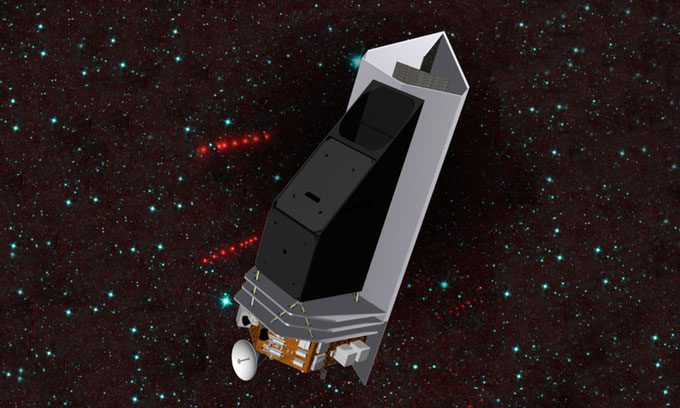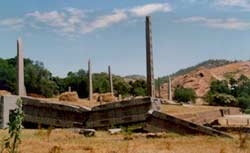A New Space Telescope Set to Launch in 2026 to Protect Earth from Potentially Hazardous Objects
On June 12, NASA’s Jet Propulsion Laboratory (JPL) announced that the agency has approved plans to develop a new infrared space telescope aimed at enhancing Earth’s protection.

Illustration of the NEO Surveyor space telescope. (Photo: NASA/JPL-Caltech).
The new instrument, named Near-Earth Object Surveyor (NEO Surveyor), is tasked with detecting and classifying near-Earth objects (NEOs), such as the potentially hazardous asteroid 2021 KT1. This asteroid is approximately the size of the Space Needle in Seattle, USA. In early June, 2021 KT1 passed by Earth at a distance of 7.2 million kilometers, traveling at a speed of about 64,400 kilometers per hour.
According to NASA, NEOs are asteroids or comets that come within 195 million kilometers of the Sun or 48 million kilometers of Earth in the coming centuries. NASA is on a mission to detect 90% of NEOs larger than 140 meters, and so far, about 40% have been identified. In 2010, NASA achieved its goal of detecting 90% of NEOs larger than 1,000 meters.
“Every night, astronomers around the world diligently use ground-based optical telescopes to discover new NEOs, classify their shapes and sizes, and confirm that they are not a threat to humanity,” said Kelly Fast, manager of NASA’s NEO Observations Program.
“These telescopes can only search for NEOs in the night sky. Meanwhile, NEO Surveyor will allow scientists to observe both day and night, focusing on areas where hazardous NEOs can be detected and accelerating the completion of our goals,” Fast added.
Detecting, understanding the characteristics, and monitoring potentially hazardous NEOs is crucial for the safety of our planet, enabling experts to implement measures to deflect or mitigate consequences before a significant impact occurs.
NASA has provided clear information about some NEOs, but the threat from undiscovered NEOs remains. Positioned closer to the Sun, NEO Surveyor will use infrared sensors to locate NEOs passing by Earth during the day—something current ground-based optical telescopes cannot do.
The NEO Surveyor is scheduled to launch into space in the first half of 2026. Meanwhile, NASA also plans to launch the Double Asteroid Redirection Test (DART) spacecraft to test deflection technology by the end of this year.




















































